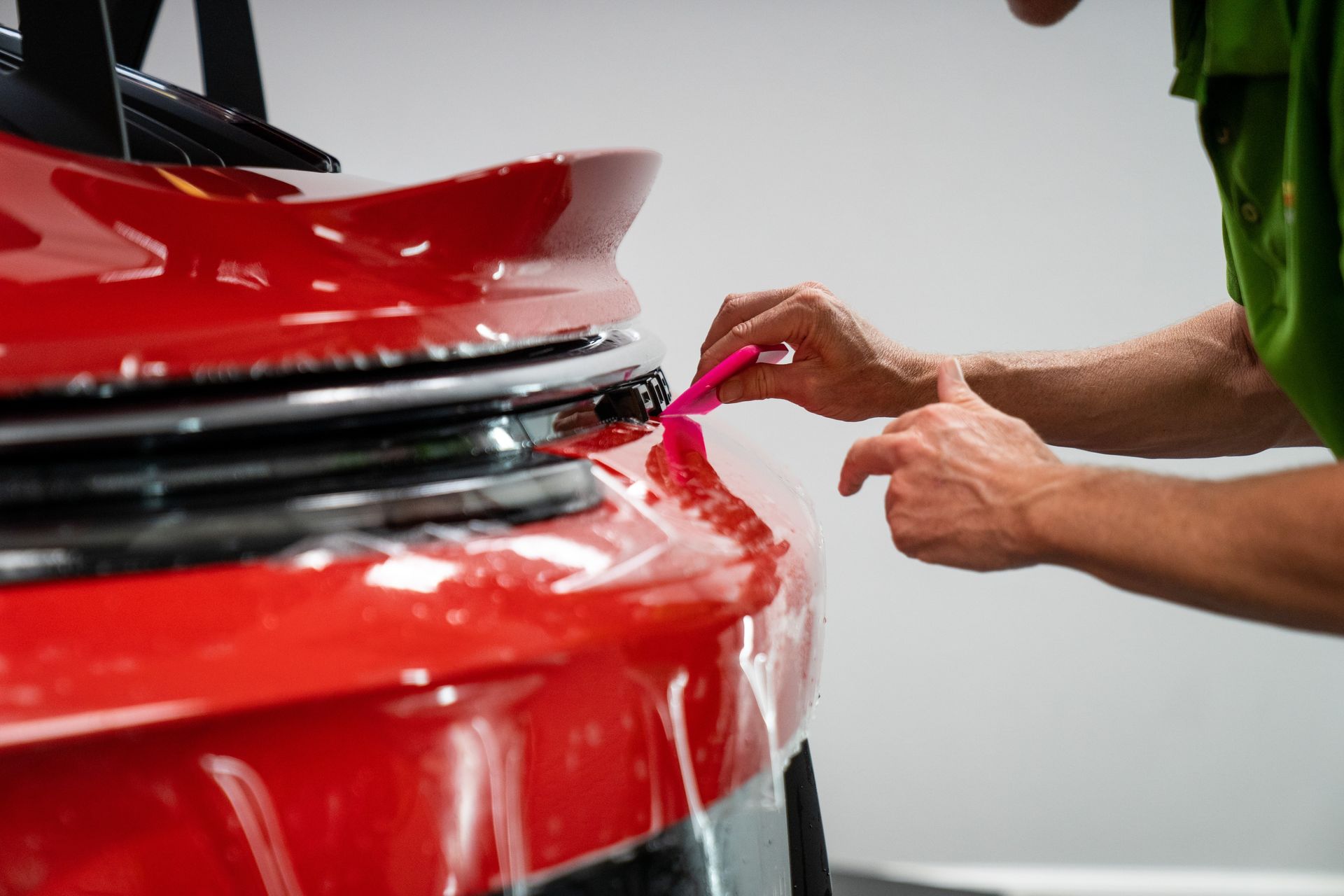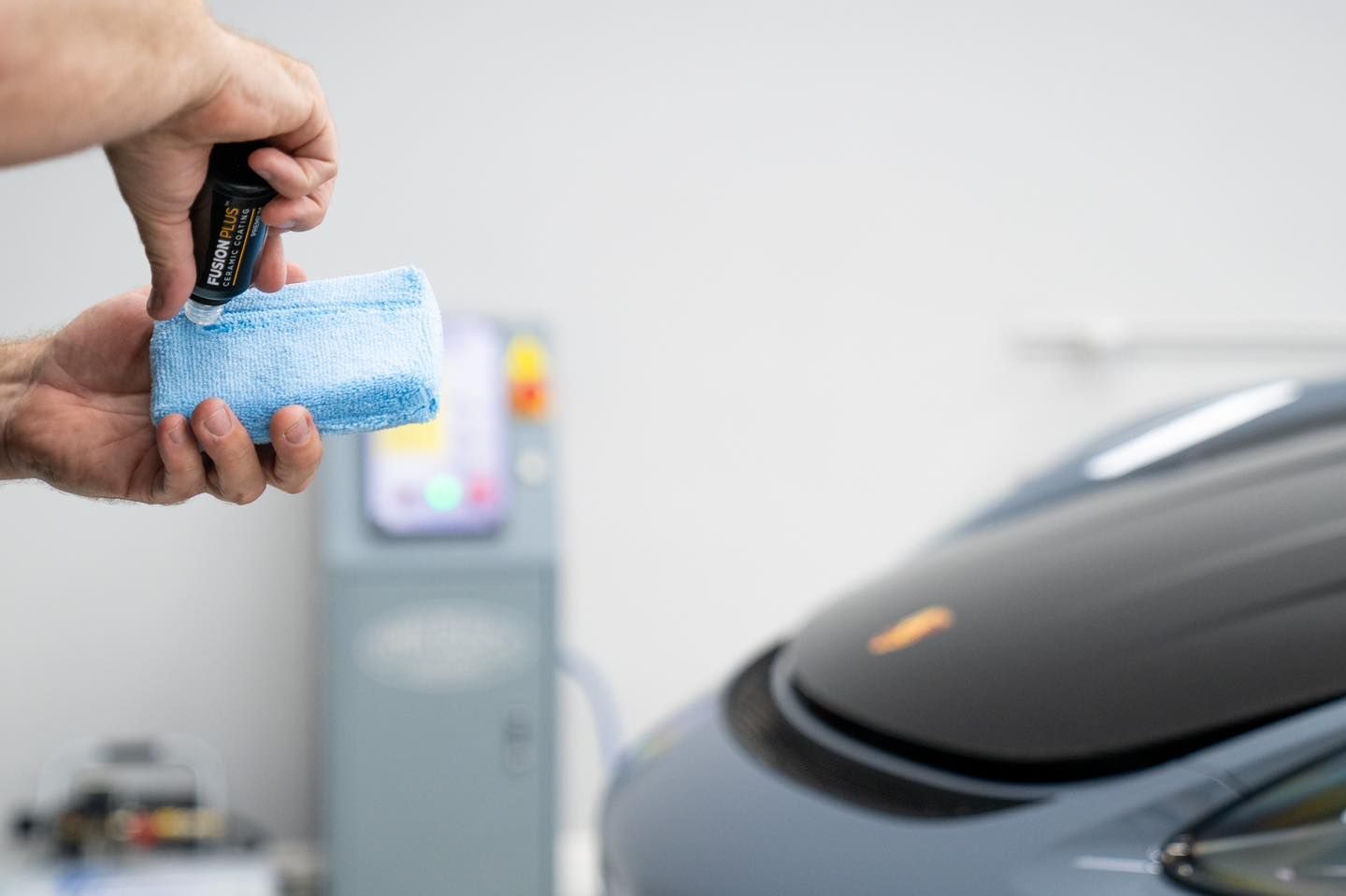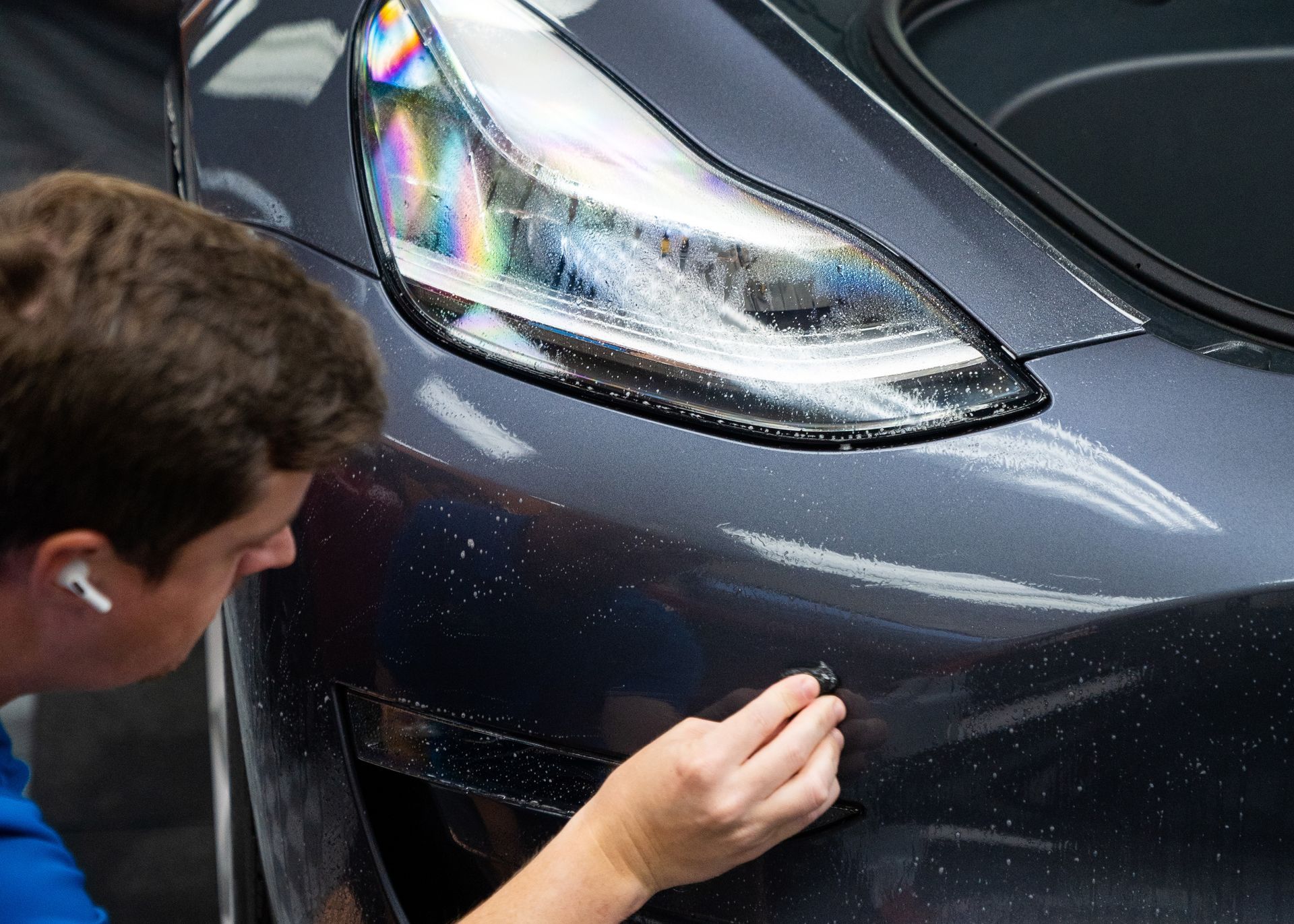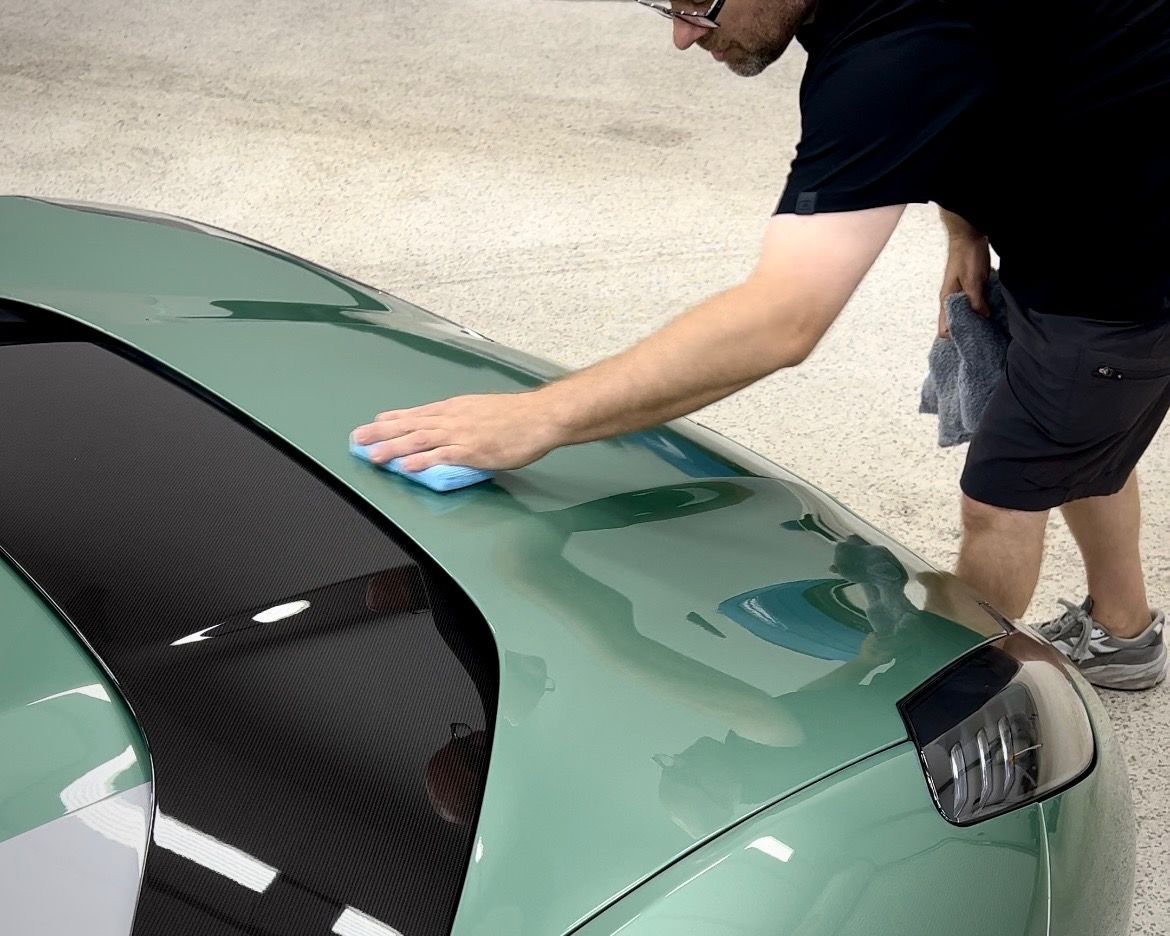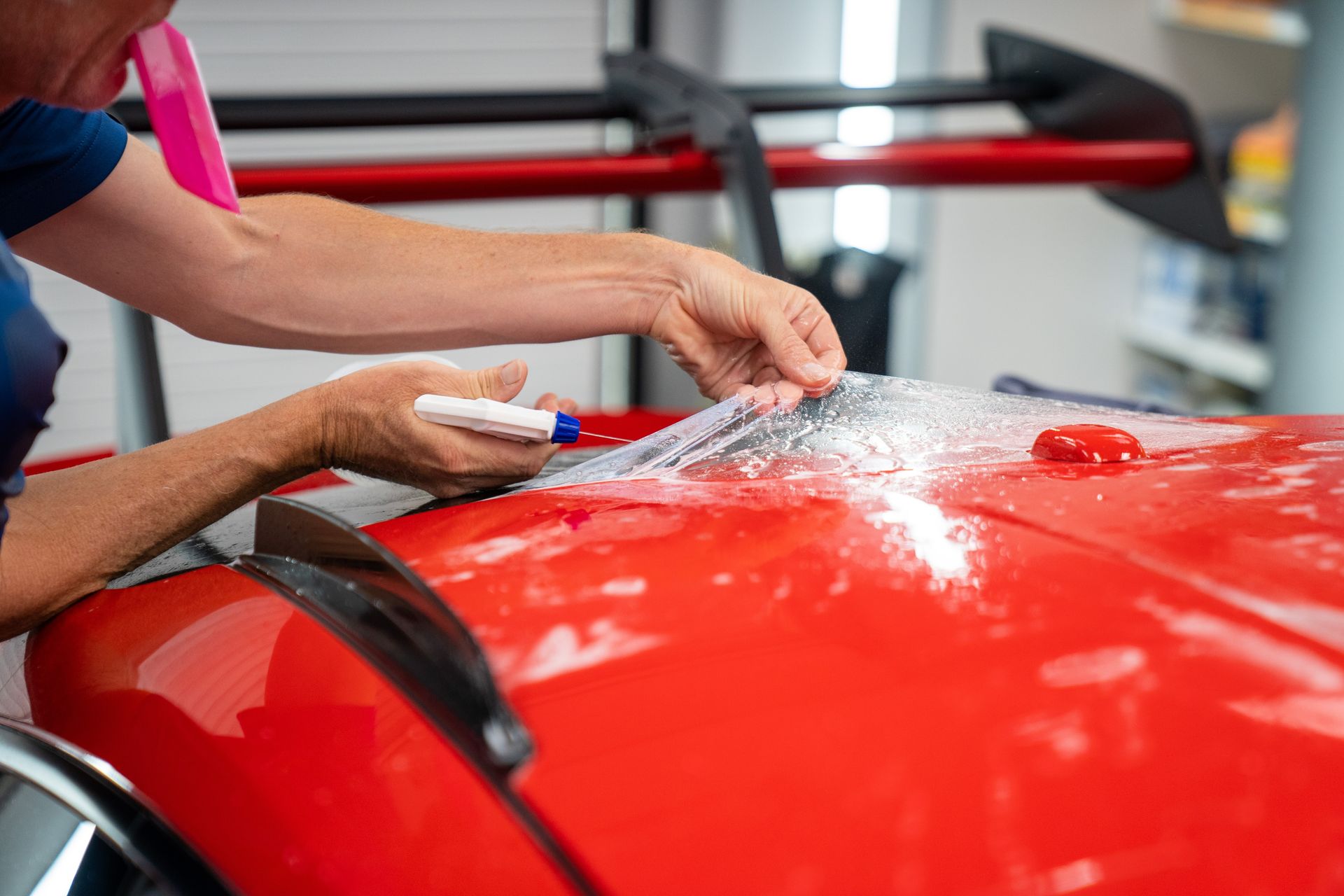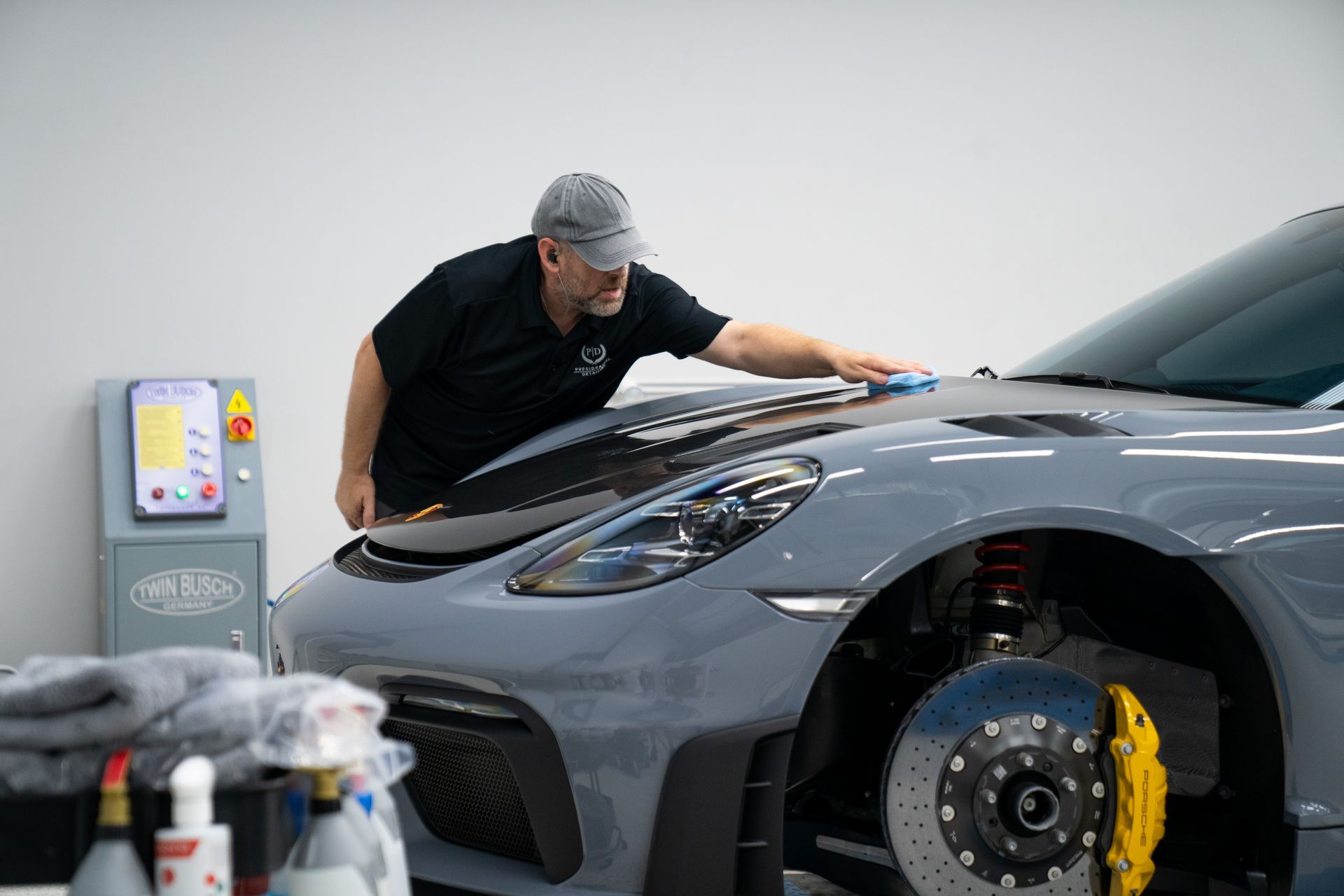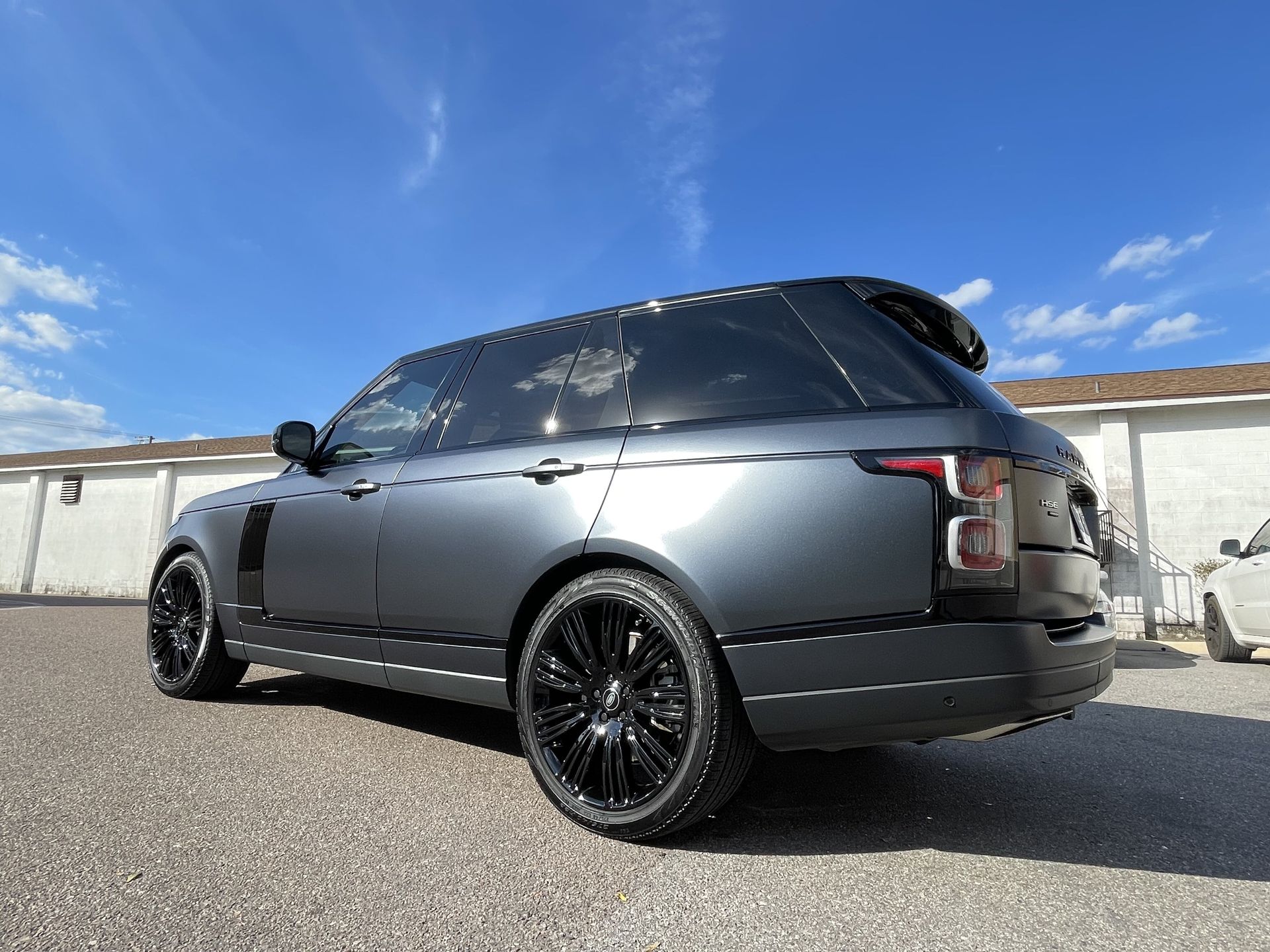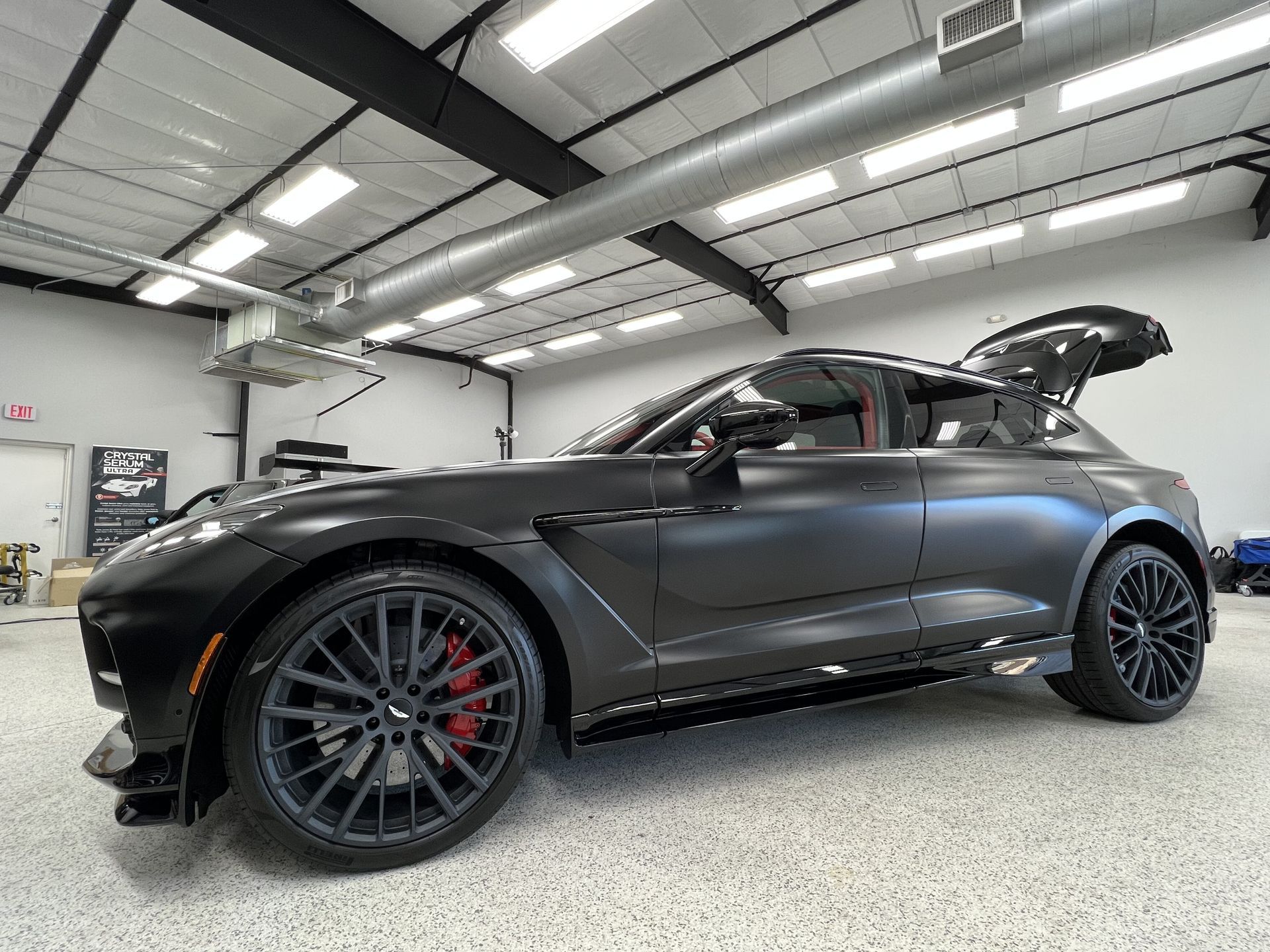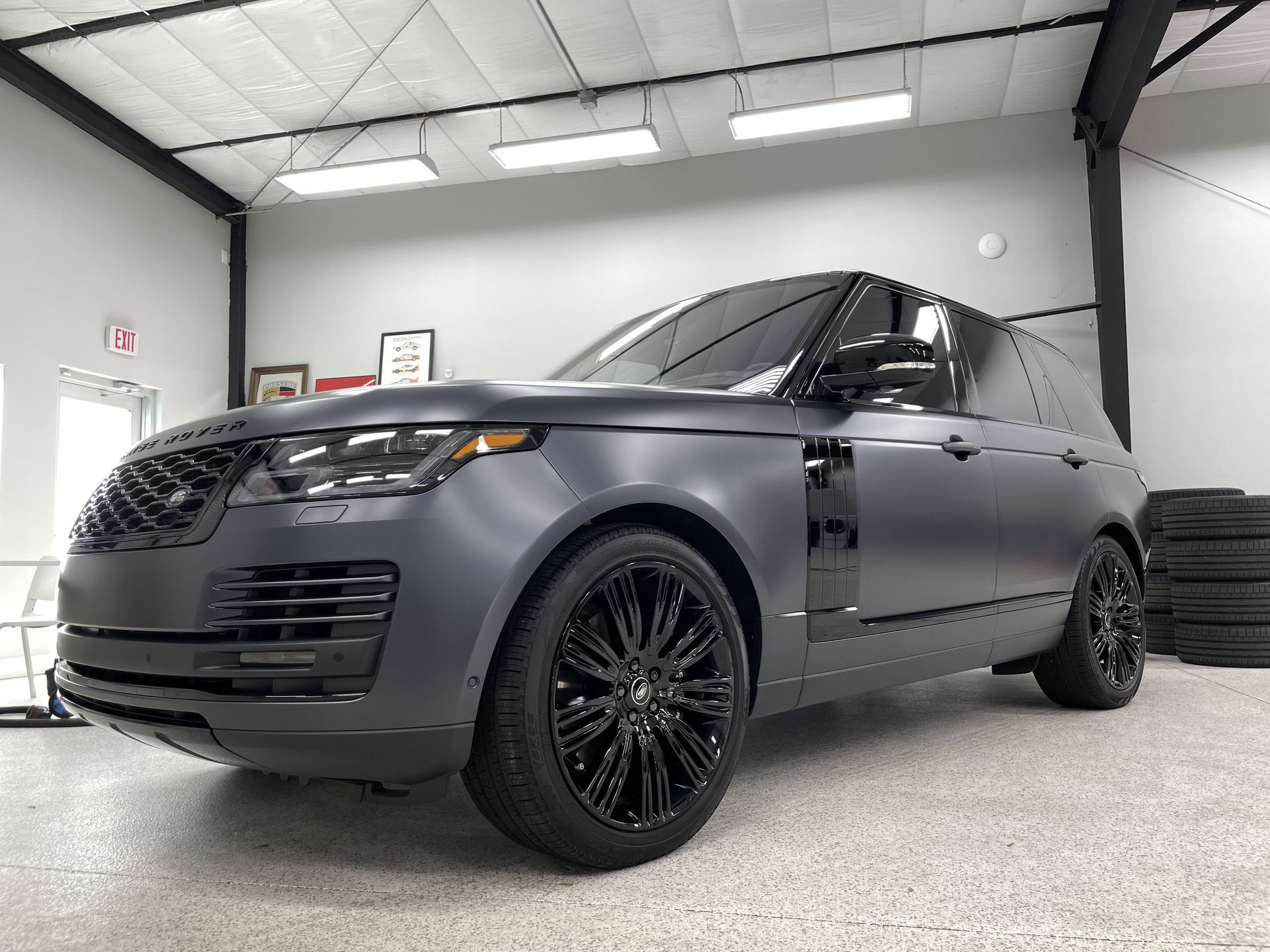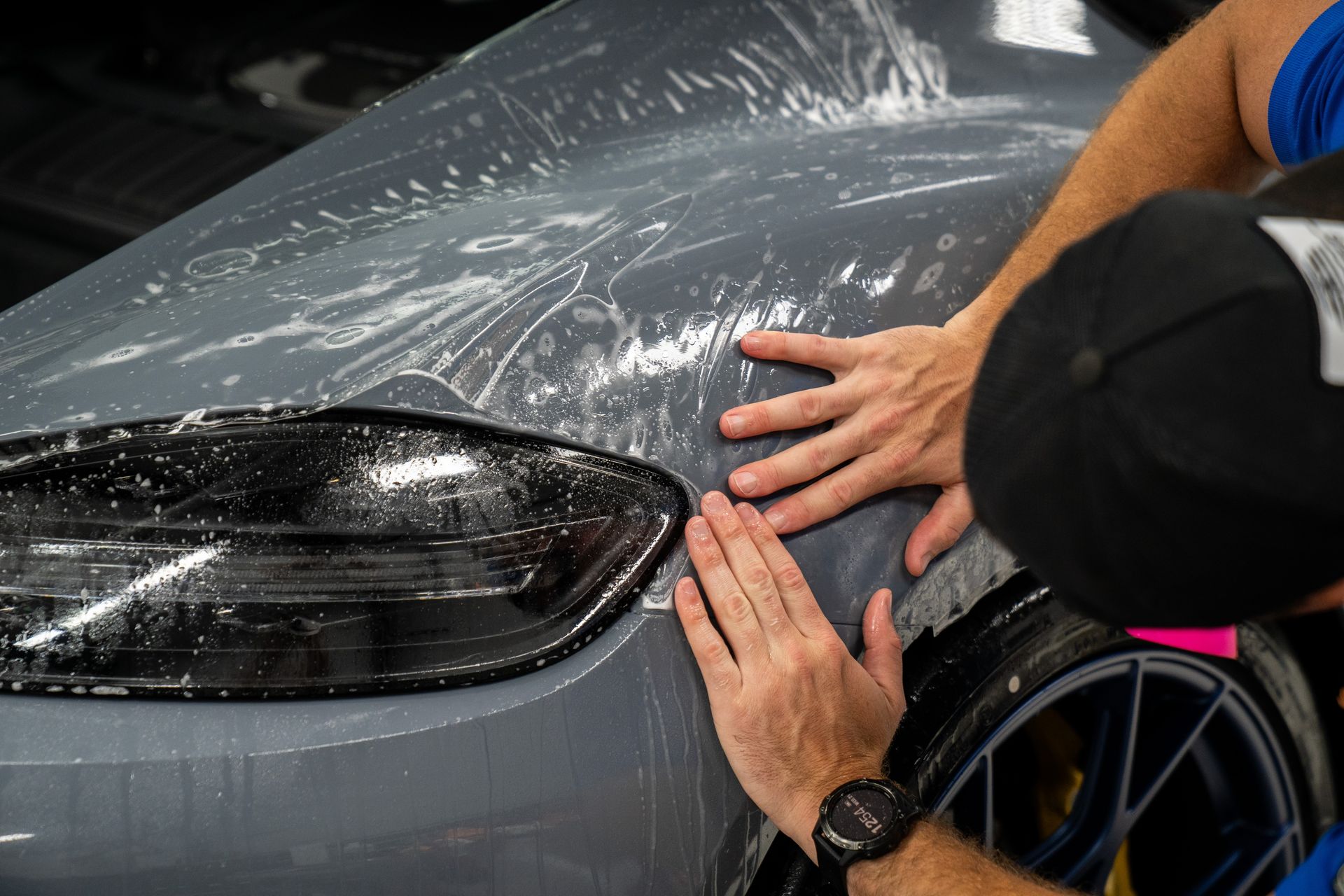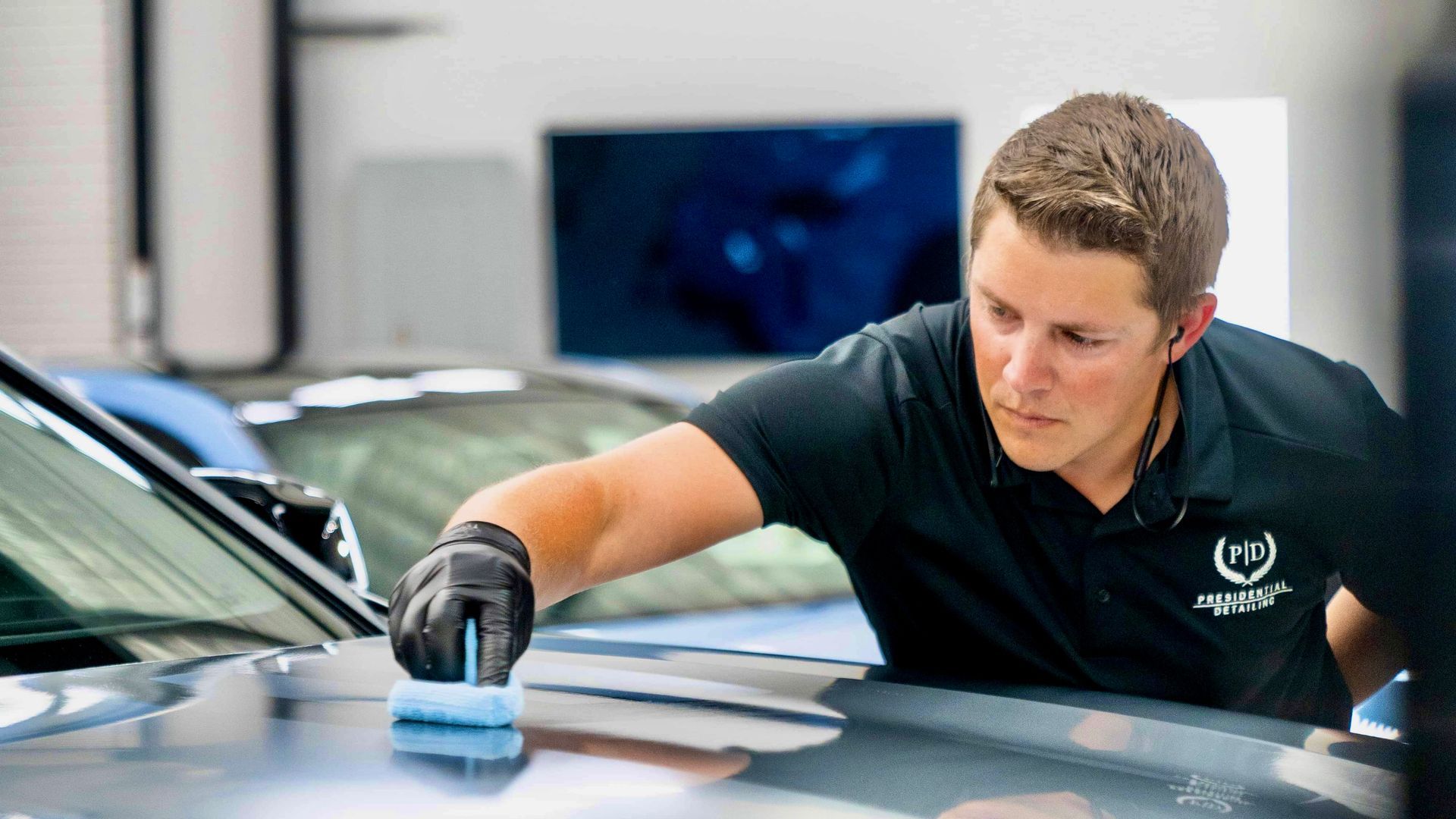Using Ceramic Coating on Matte Finishes: Compatibility and Application Tips
CALL (813) 723-9679
GET A FREE ESTIMATEWhen it comes to maintaining the sleek and stylish look of your vehicle, matte finishes present unique challenges that can puzzle even the most dedicated car enthusiasts. Imagine loving your car’s aesthetic but feeling stuck when it comes to protecting its surface without ruining the very finish you adore. That’s where ceramic coatings come in. Many might assume these coatings are only suitable for traditional glossy paints, but the truth is they can work wonders on matte finishes too—provided you choose carefully.
Yes, you can use ceramic coatings on matte finishes; however, it is essential to choose specific products designed for matte paints to prevent undesirable effects like darkening the paint or adding gloss. With the right approach, ceramic coating becomes a powerful tool for preserving the distinct look of matte paint while making maintenance easier and more effective.
Can Ceramic Coatings Be Used on Matte Paint?
Absolutely! However, it’s crucial to choose the right products specifically designed for this purpose. Regular ceramic coatings can sometimes add an unintended sheen, which could compromise the intended non-reflective appearance of matte finishes. This is where matte-specific formulations shine, ensuring that your matte surface retains its desired look while gaining the protective benefits a ceramic coating offers.
The beauty of using a specialized matte coating lies in its ability to safeguard your paint without sacrificing its unique character. These coatings effectively prevent stains and harmful contaminants from adhering to the surface, all while preserving that sultry matte finish you love. These specialized coatings also protect against UV rays and environmental pollutants, extending the life of your paint while keeping it looking fresh and new. The protection lasts over a year for daily drivers and up to three years for vehicles that are garaged. When you compare that to traditional waxes or sealants, which often require frequent reapplication, the durability of these specialized coatings becomes even more appealing.
The Science Behind Matte-Specific Coatings
What makes matte-specific ceramic coatings stand out is their hydrophobic self-cleaning effect. This means they repel water, allowing contaminants like dirt and grime to wash away easily with rain or a simple rinse. The chemistry behind these coatings creates a barrier that prevents common damaging agents from sticking, making maintenance significantly easier over time.
Moreover, these products do not fill or alter the finish. Instead, they provide a layer of defense without affecting the muted sheen characteristic of matte paints. This ensures your vehicle maintains its elegant appearance while enjoying the advantages that come with enhanced durability. As we explore further, let’s examine the various advantages and potential pitfalls associated with this technology, helping you make an informed decision about protecting your automotive investment.
Benefits and Drawbacks of Ceramic Coatings
Let's dive into the benefits first. One of the most notable advantages of using ceramic coatings on matte finishes is the level of protection they afford. This robust layer acts as a formidable shield against harmful UV rays, which can fade and damage your vehicle’s paint over time. Additionally, it offers protection from bird droppings, tree sap, and other environmental contaminants that could mar the finish. Just imagine driving through a rainstorm with dirt splashing up all around; thanks to the coating's hydrophobic properties, most of that muck will just bead up and roll right off—making cleanup significantly easier.
Speaking of cleaning, ease of maintenance is another remarkable benefit. Surfaces treated with ceramic coatings repel both water and dirt, allowing you to reduce washing frequency by about 50%, according to user reports. This means more time enjoying your drive and less time scrubbing away grime. Not only does this convenience save you effort, but it also helps maintain the aesthetic appeal of the matte finish. The coating keeps the look consistent without adding any shine or altering the intended appearance that matte surfaces are known for.
However, it's essential to balance these positives with some potential drawbacks that come with ceramic coatings. A significant concern is cost; ceramic coatings can be considerably pricier than traditional waxing methods. While waxing provides decent protection and shine, it simply cannot match the long-term benefits of ceramic coatings. Investing in a ceramic coating might seem steep initially, especially if you're on a tight budget, but when you factor in durability and reduced upkeep, it can be seen as a worthwhile investment.
Nonetheless, there's an important aspect to consider regarding the application process itself. Achieving an even finish with a ceramic coating requires meticulous attention to detail. If applied improperly, even expert hands can create high spots—areas where excess product accumulates—on matte surfaces. These high spots not only detract from the flawless look of your paint job but can also be quite challenging to remove without risking further damage.
Moreover, if imperfections arise in the coating over time, fixing them becomes more complicated compared to gloss finishes. Correcting issues on matte surfaces often necessitates complete reapplications or specialized touch-ups that can be both labor-intensive and costly. Understanding both sides can help make informed decisions about how best to care for and protect your vehicle’s unique aesthetic. With this knowledge about compatibility and challenges in application at hand, we can move forward to explore practical techniques for achieving exceptional results with these coatings.
Application Tips for Matte Surface Coatings
The journey to a flawless ceramic coating on matte finishes begins with meticulous surface preparation. It's not enough to simply wash the surface; you'll want to use a pH-neutral soap that gently cleanses without stripping essential oils or harming the matte texture. In hot climates, grime and oils tend to become more pronounced, so a thorough clean is crucial to create a pristine canvas for your work.
Once you’ve ensured the surface is clean and ready, it’s important to consider the application environment next. Applying ceramic coatings demands a controlled space—think of it as setting up delicate surgery. You want a dust-free environment where contaminants can't jeopardize your efforts. Low humidity is key since high moisture can negatively affect how the coating adheres and cures. In addition, good ventilation is crucial not just for comfort but also for ensuring the chemicals in the coatings work effectively without causing issues from trapped fumes.
Now that you have the right environment, we move on to the actual application process itself, which requires precision. Using a microfiber applicator pad is essential when applying ceramic coatings on matte surfaces. These pads distribute the product smoothly while minimizing the risk of streaks or uneven coverage. Applying products specifically designed for matte finishes will help avoid that dreaded glossy look that no one wants. Take your time here; overlapping marks often occur when you rush. Light pressure tends to work best; this ensures an even thickness without pooling in spots, which can lead to issues down the line.
After applying, your attention shifts seamlessly into monitoring the curing process. The curing phase is delicate and generally spans between 24 and 48 hours, depending on the specific product used. During this time, it's vital to protect the freshly coated surface from any disturbances—this means avoiding rain, dust, or even touching the area. I recommend marking off the section as out-of-bounds until fully cured. Rushing this step can lead to significant problems like hazing or improper bonding, which negate all your hard work thus far.
By adhering closely to these detailed steps and recognizing each phase's significance, you ensure that your matte finish receives optimal protection against environmental factors without compromising its aesthetic appeal. As we transition forward, let’s consider other methods that offer effective safeguarding for these unique finishes while maintaining their signature charm.
Alternative Protective Measures for Matte Finishes
One of the most popular alternatives you might consider is Paint Protection Film (PPF). This innovative solution acts as a protective layer that enhances the longevity and integrity of your matte surfaces. Unlike ceramic coatings, PPF provides a dynamic barrier that guards against scratches and rock chips while allowing for seamless maintenance of your vehicle's aesthetic appeal.
Advantages of PPF
- Physical Barrier: The foremost advantage of PPF is its ability to absorb impacts. By acting as a physical shield, it prevents everyday hazards like road debris and minor abrasions from causing damage to your paint.
- Removability: Another significant benefit of PPF is its removability. If your protective film gets damaged or shows signs of wear over time, you can simply remove it to reveal the pristine condition of the paint beneath—something ceramic coatings do not allow without compromising the underlying surface.
Well-known brands manufacture specialized matte PPF that safeguards your vehicle while ensuring the matte appearance remains unaltered. This consistency is vital when working with matte finishes because using the wrong product can lead to unwanted glossiness, ruining the intended look. While it's true that PPF comes at a higher upfront cost than ceramic coatings, examining the long-term benefits can help make this investment more palatable. More than merely preventing cosmetic issues, utilizing PPF helps maintain your vehicle’s resale value by preserving the original paint quality underneath.
Furthermore, integrating PPF into your regular maintenance regimen means you'll likely spend less on repairs over time. Less frequent touch-ups or repainting will save both time and money down the road, thus making PPF not just an alternative but a smart choice for maintaining that sleek matte finish for years to come. As you evaluate your options, it's essential to consider how each method aligns with your specific needs and preferences. Understanding these differences will guide you toward effective strategies for keeping your vehicle looking great while ensuring its durability.
Maintenance Advice for Coated Matte Surfaces
Regular upkeep of a ceramic-coated matte finish doesn’t require a lot of effort, but it does require some thoughtful actions to keep that coveted look intact. The process starts with routine cleaning; using pH-neutral cleaners is crucial here. These specific products minimize damage, like unwanted shine, which can detract from the elegance of a matte finish. Think of it this way: just as harsh soap can damage delicate dishes, your vehicle deserves equally gentle treatment.
One helpful rule to follow is to employ a two-bucket washing method when tackling the cleaning task. This means one bucket holds soapy water while the other is for rinsing the wash mitt or cloth. This system limits dirt transfer back onto the paint, which can lead to scratching—a nightmare for matte finishes. Next comes the detailed routine to establish. A weekly cleaning schedule not only keeps the surface looking fresh but also protects against contaminants that could wear down the coating over time. When washing, use a soft microfiber cloth; this fabric's gentle texture helps prevent scratches while effectively lifting away dirt and debris.
Detailed Routine
As we explore routines, consider embracing a monthly inspection as part of your maintenance plan. Every month, take a moment to closely examine your vehicle's surfaces for signs of wear or drabness in the coating. This proactive approach allows you to identify any areas needing touch-ups before they become problematic.
Finally, don’t underestimate seasonal detailing. Investing in professional services occasionally ensures that your ceramic coating remains in top shape. Professionals have access to specialized tools and products that can achieve results often unattainable with DIY methods alone. Their expertise ensures all small details are accounted for, including areas that can harbor dirt but are easily overlooked during casual cleaning sessions.
By following these maintenance guidelines rigorously, you'll maintain the striking appearance of your ceramic-coated matte surfaces and extend their lifespan and effectiveness, ensuring they remain protected and beautiful over time. In conclusion, establishing a solid maintenance routine for your ceramic-coated matte finish is key to preserving its beauty and integrity. With careful attention and professional support when necessary, you'll enjoy your vehicle's stunning look for years to come.
Unmatched Ceramic Coating Services in Tampa, FL
Presidential Automotive Detailing is your trusted source for exceptional ceramic coating services in Tampa, FL. Their expert team specializes in delivering a flawless finish that not only enhances the aesthetic of your vehicle but also provides long-lasting protection against the elements. By applying premium-grade coatings, they ensure your car remains resistant to dirt, water, and contaminants, making maintenance a breeze. Experience superior quality and craftsmanship today by scheduling your appointment and safeguarding your vehicle with ceramic coating that lasts.
